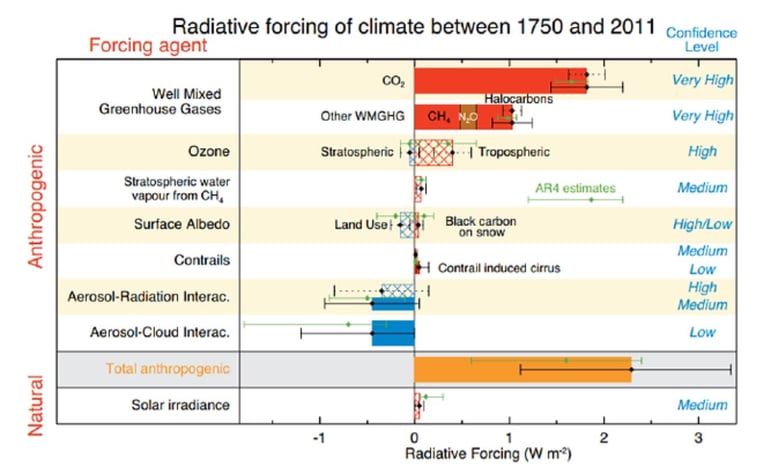[ARCHIVE] A shallow dive into deepening oceans
CLIMATE MIGRATION
We seem to be alive in a time that represents a critical junction in the Earth's history. As Earth's self-appointed doctor, humans have diagnosed a fever. However, in this macabre case, we the doctors are to a great extent both the cause of the fever and the sole bearers of an antidote.
The human population has grown larger than it has ever been before, most of which has occurred in tandem with the rate of development of technology.
Whilst this phenomenon has undoubtedly endowed you and I with more comfortable and longer lives, we must admit that humans have accumulated the ability to change the Earth’s systems: its temperature, its biogeochemical flows, its lands and its oceans.


This new era is, unofficially but popularly, known as the Anthropocene. The exact start of the Anthropocene is much debated in academia. Was it the agricultural revolution, or the industrial one? Or was it actually only in the mid-twentieth century when humans became comparable to a geological force? There is at least consensus that it was in the past – rather than the future.
And so, we have already reached this critical junction – never mind exactly when. As drivers of the changing climate, us inhabitants of the richest and most consuming nations are also causing the migration of many people in developing countries, whose environments are the most sensitive to change. We are beginning to see the degradation of many human populations in this fast-changing landscape:
The Small Island Developing Sates (SIDS) in the South Pacific are a key example of a group of nations who are currently considering their futures. They are facing the imminent reality of external migration due to climate change. The governments of Tuvalu and the Marshall Islands are currently considering migration options for swathes of their populations.
The natural and human-caused radiative forcing of climate. This shows humanity's contribution to climate change versus nature's. Courtesy of IPCC.
The World Bank published a report earlier this year projecting 40 million people may have to migrate within Bangladesh due to climate change. This short video (right) gives a little insight into a young Bangladeshi woman’s reality.
The IPCC reports of 2013/14 and the recent 2018 1.5 degree Special Report give the fullest account of how we might mitigate and adapt to the change. The paths down which we might venture in the near future are most clearly laid out in these reports. Might our future be, at best, a 1.5 degree rise? 2 degrees? Worse? These reports document how Earth is responding to its fever.
Dr Freiderike Otto, Acting Director of the Environmental Change Institute at Oxford comments on the considerations of the 2018 Special Report.

“For the risks of high-impact extreme events, half a degree of additional warming makes a huge difference. For people who are already marginalised, this can be an existential difference.”
So in fact, we in the developed nations are not only the major cause of the fever and the self-appointed doctors, but are indirectly engaging in a gross act of self-sabotage. We are changing the face of the Earth, increasing its temperature and raising its sea levels. In response Earth is disrupting our societies. In the coming weeks this blog will take a deeper dive with the aim of discovering how humans and societies are adapting as a result of these changes, and at what cost?
[This blog was first published as a part of my UCL Masters Degree in 2018.]